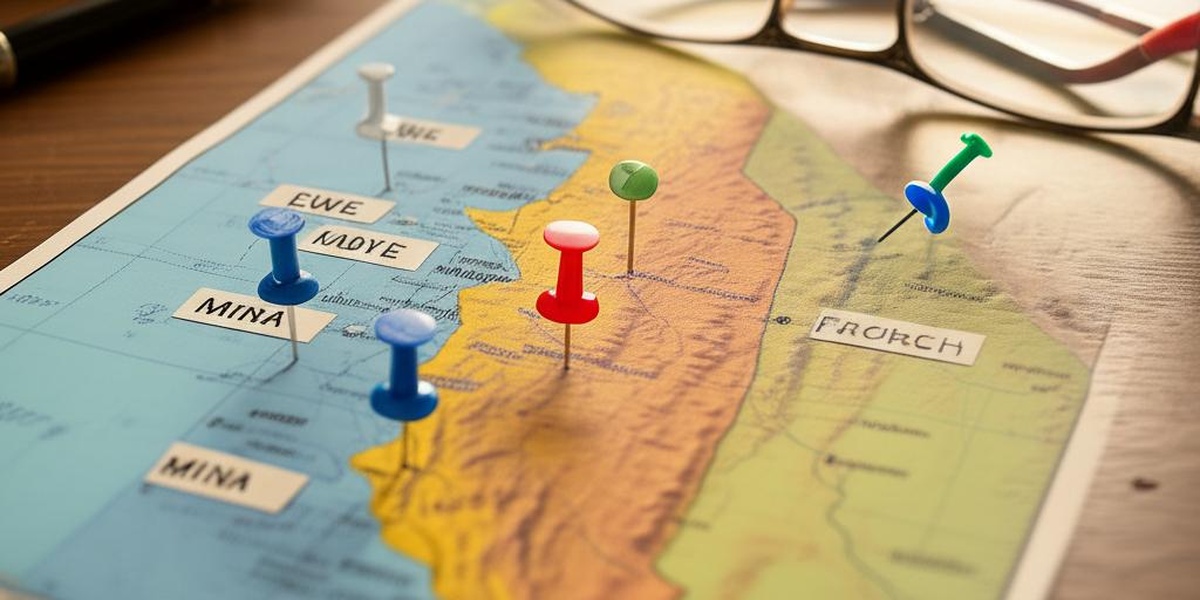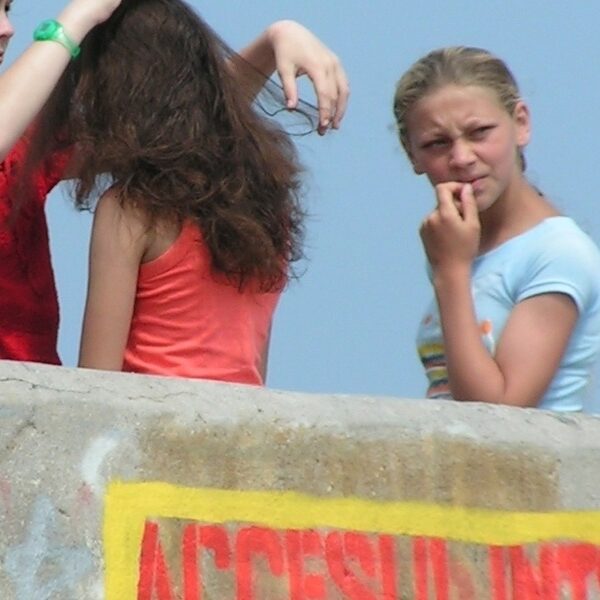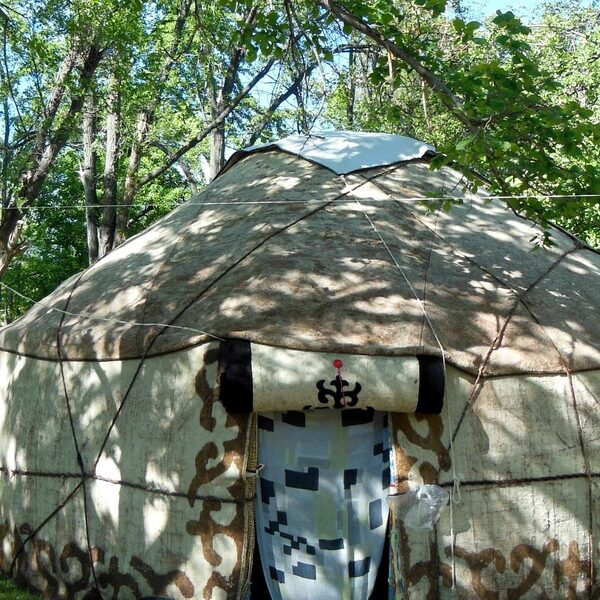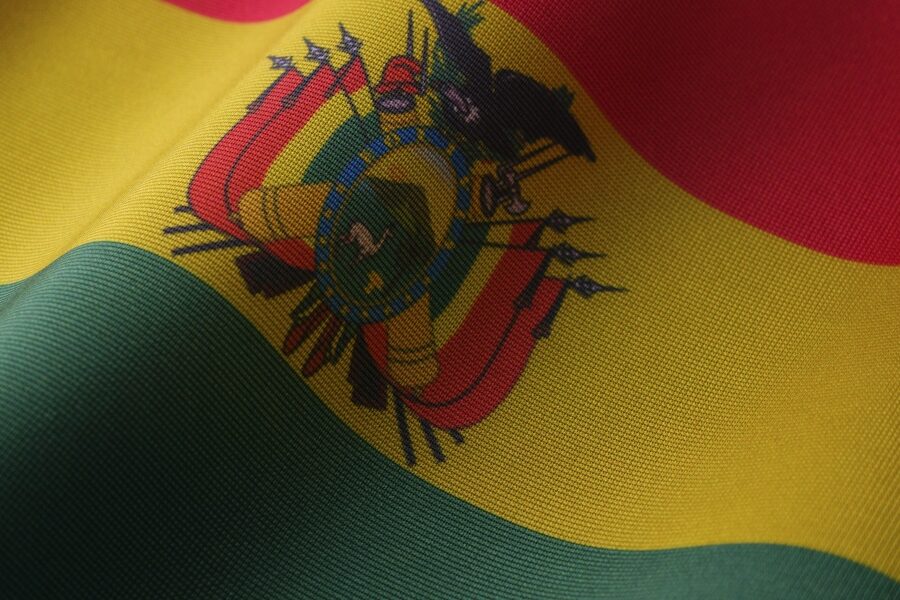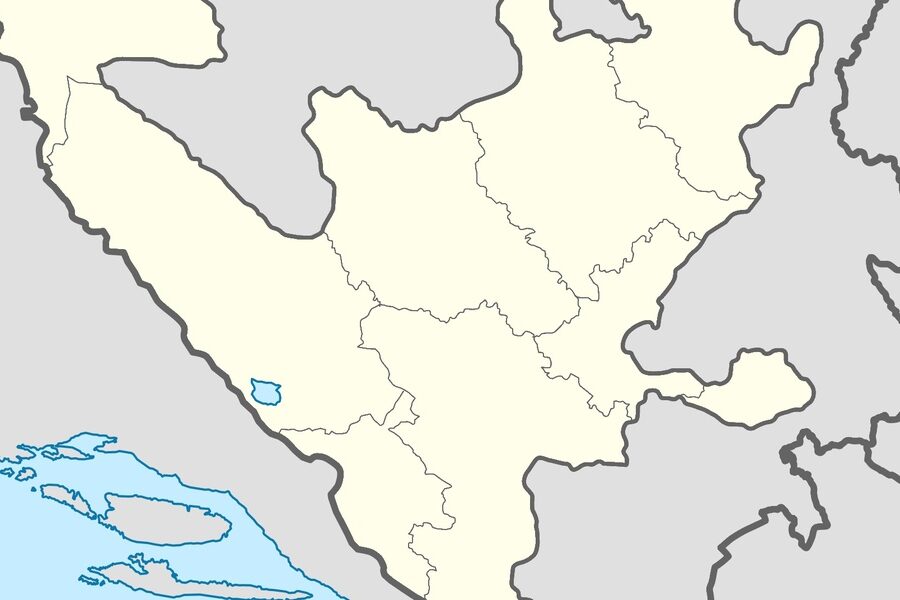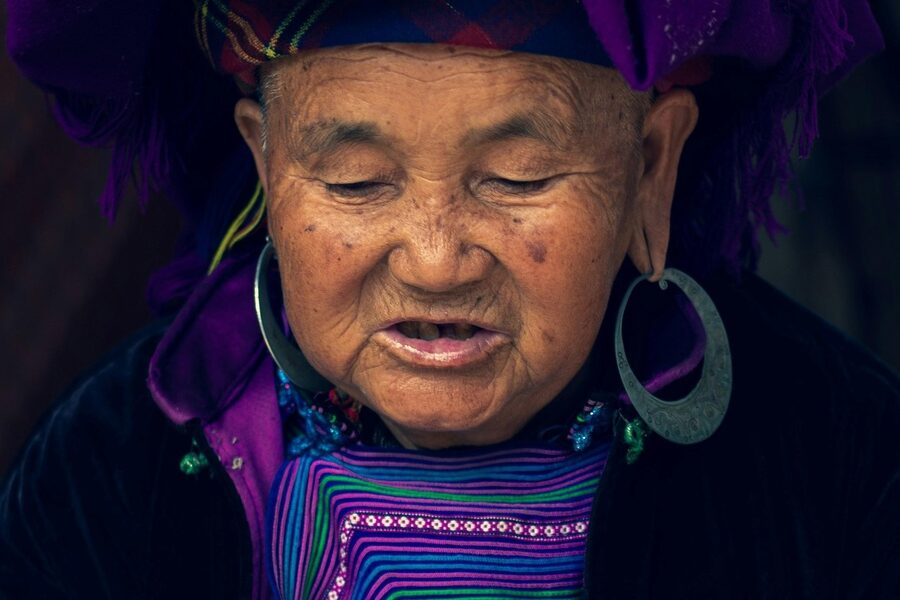Togo’s towns and markets buzz with many tongues: from radio broadcasts in cities to village conversations, language shapes identity and daily life across the country. Knowing which languages are spoken helps when reading local news, planning travel, or studying regional cultures.
There are 35 Languages Spoken in Togo, ranging from Adele to Yoruba. For each language, the list shows Family,Speakers,Status/regions so you can see its linguistic family, estimated number of speakers and where it’s used — you’ll find below.
What are the most widely used languages in Togo?
French is the official language used in government and education, while Ewe and Kabiye function as major national languages with broad regional reach; many of the other 35 languages are regional or community languages important for daily life and cultural practices.
How reliable are the speaker counts and regional statuses?
Speaker numbers and status come from censuses, linguistic surveys and field research, so figures are best treated as estimates that can change; the Family,Speakers,Status/regions columns give a snapshot useful for comparison and further research.
Languages Spoken in Togo
| Language | Family | Speakers | Status/regions |
|---|---|---|---|
| French | Indo-European (Romance) | 2,000,000 | Official language; used nationwide in administration and education. |
| Ewe | Niger-Congo (Gbe) | 3,000,000 | National language; Maritime and Plateaux regions. |
| Kabiyè | Niger-Congo (Gur) | 1,000,000 | National language; Kara Region and central Togo. |
| Waci Gbe | Niger-Congo (Gbe) | 588,000 | Maritime Region, between Lomé and the Benin border. |
| Gen | Niger-Congo (Gbe) | 360,000 | Lingua franca; Lomé and the Maritime Region. |
| Tem | Niger-Congo (Gur) | 313,000 | Major trade language; Centrale Region, especially around Sokodé. |
| Moba | Niger-Congo (Gur) | 300,000 | Major language in the far north; Savanes Region, around Dapaong. |
| Lama | Niger-Congo (Gur) | 251,000 | North-central; Kara Region, near Kantè. |
| Gourmanchéma | Niger-Congo (Gur) | 238,000 | Northern Togo; Savanes Region, near borders with Burkina Faso and Benin. |
| Nawdm | Niger-Congo (Gur) | 201,000 | North-central; Kara Region, south of the Kabiyè area. |
| Akposso | Niger-Congo (Kwa) | 191,000 | Central-south; Plateaux Region, west of Atakpamé. |
| Ana-Ifè | Niger-Congo (Yoruboid) | 191,000 | South-central; Plateaux Region, around Atakpamé. |
| Ntcham | Niger-Congo (Gur) | 169,000 | Central-north; Centrale and Kara regions, around Bassar. |
| Aja | Niger-Congo (Gbe) | 154,000 | South, near the Benin border; Maritime and Plateaux regions. |
| Konkomba | Niger-Congo (Gur) | 77,000 | North-central; Kara Region, near the Ghana border. |
| Ngangam | Niger-Congo (Gur) | 66,000 | North-central; Kara and Centrale regions. |
| Fon | Niger-Congo (Gbe) | 47,000 | South, near Benin border; Maritime and Plateaux regions. |
| Western Xwla Gbe | Niger-Congo (Gbe) | 30,000 | Coastal south, near Benin border; Maritime Region. |
| Ditammari | Niger-Congo (Gur) | 27,500 | Far north; Kara Region, Koutammakou area. |
| Fulfulde | Niger-Congo (Atlantic) | 22,000 | Nomadic/semi-nomadic communities; scattered across northern and central regions. |
| Hausa | Afro-Asiatic (Chadic) | 22,000 | Trade language; urban centers, especially Lomé and Sokodé. |
| Lukpa | Niger-Congo (Gur) | 18,000 | North-central; Centrale Region. |
| Yoruba | Niger-Congo (Yoruboid) | 18,000 | Immigrant communities and border areas; mainly in southern cities. |
| Adele | Niger-Congo (Kwa) | 16,300 | Central-west, near Ghana border; Plateaux Region. |
| Ginyanga | Niger-Congo (Gur) | 16,300 | Central; Centrale Region, west of Sokodé. |
| Anii | Niger-Congo (Kwa) | 15,300 | Central-west, near Benin border; Centrale Region. |
| Anufo | Niger-Congo (Kwa) | 12,500 | North, near Ghana border; Savanes Region. |
| Krachi | Niger-Congo (Kwa) | 12,000 | Central-west, near Ghana border; Centrale and Plateaux regions. |
| Lelemi-Lefana | Niger-Congo (Kwa) | 10,000 | Central-west, near Ghana border; Plateaux Region. |
| Miyobe | Niger-Congo (Gur) | 8,700 | Northwest, near Benin border; Kara Region. |
| Bago-Kusuntu | Niger-Congo (Gur) | 7,500 | Central; Plateaux Region. |
| Delo | Niger-Congo (Gur) | 7,200 | Central-west, Ghana border; Plateaux Region. |
| Bissa | Niger-Congo (Mande) | 5,400 | Immigrant communities; mainly in northern urban areas like Dapaong. |
| Mbelime | Niger-Congo (Gur) | 3,200 | Northwest, near Benin border; Kara Region. |
| Biali | Niger-Congo (Gur) | 1,400 | Northwest; Savanes region, near Benin border. |
Images and Descriptions
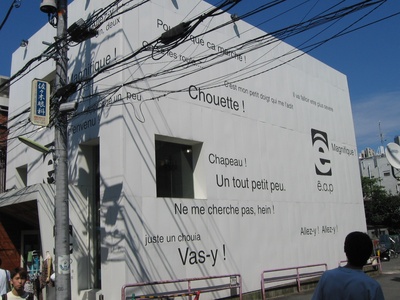
French
As the sole official language, French is the language of government, formal education, and media. It serves as a crucial bridge for communication between Togo’s many different linguistic groups, especially in urban areas.
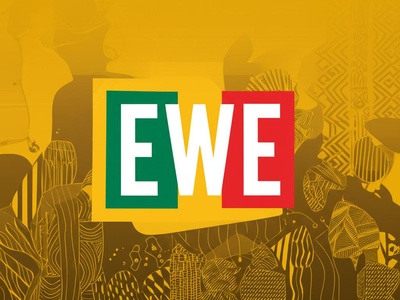
Ewe
One of Togo’s two national languages, Ewe is a major lingua franca in the south. It is a tonal language with a rich oral tradition, widely used in markets, media, and daily life from Lomé to the Plateaux region.
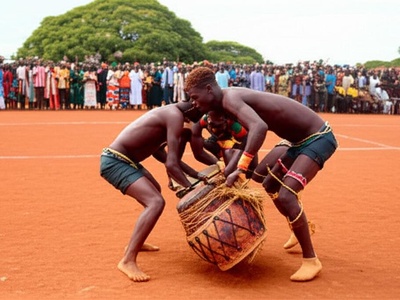
Kabiyè
The second national language, Kabiyè is the dominant language of northern Togo, especially around Kara. It is known for its complex vowel harmony and plays a central role in the famous Evala initiation wrestling festivals.

Waci Gbe
Part of the Gbe language continuum, Waci is spoken along the coast east of Lomé. While closely related to Ewe and Gen, it is considered a distinct language by its speakers and is a major language of the Maritime region.
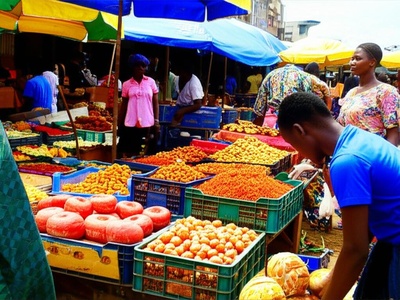
Gen
Commonly known as Mina, Gen is a major commercial language and the de facto lingua franca of the capital city, Lomé. It is essential for navigating daily life and markets in southern Togo and is closely related to Ewe.
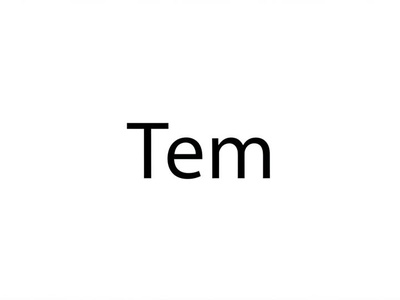
Tem
Locally known as Kotokoli, Tem is a vital Gur language and a major trade language in central Togo. It serves as a lingua franca in cities like Sokodé, connecting diverse ethnic groups throughout the region.
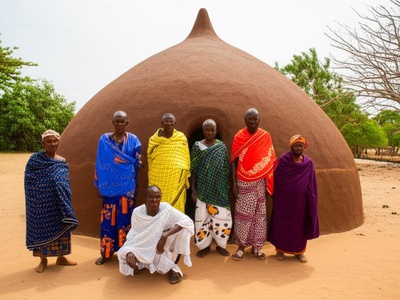
Moba
A dominant language in Togo’s northernmost Savanes region, Moba is part of the Gur family. It’s spoken by the Moba people, who are known for their distinct architecture and rich cultural heritage in the Dapaong area.

Lama
Spoken by the Lamba people in the Kara Region, Lama is another significant Gur language of northern Togo. It is distinct from its larger neighbor, Kabiyè, and plays a key role in local identity and cultural expression.
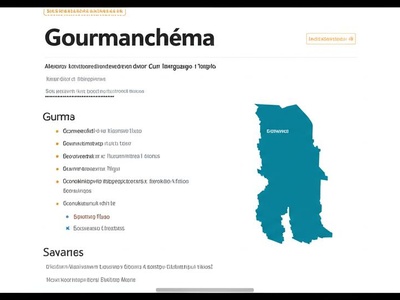
Gourmanchéma
Also known as Gurma, this is a major cross-border Gur language spoken by the Gourmantché people in northern Togo. It serves as an important language for communication and trade in the Savanes region near Burkina Faso.

Nawdm
Spoken in the Kara region, Nawdm is a Gur language known for its active language development community. Efforts to promote literacy and create written materials make it a model for other regional languages in Togo.
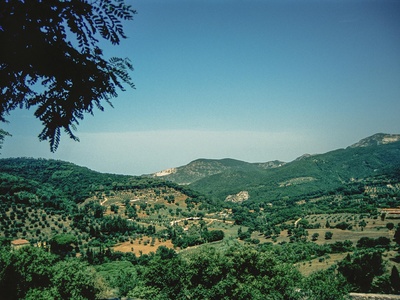
Akposso
Spoken in the forested highlands of the Plateaux Region, Akposso (or Kposo) is a Kwa language. The community is known for its coffee and cocoa farming, and the language is central to its distinct cultural identity.

Ana-Ifè
Also known simply as Ifè, this Yoruboid language is spoken in and around the city of Atakpamé. It reflects historical migrations, linking this community in central Togo to the broader Yoruba cultural sphere of Nigeria and Benin.

Ntcham
Primarily spoken around the iron-producing city of Bassar, Ntcham is a Gur language with several dialects. The language and its speakers are historically associated with the region’s long tradition of ironworking and metallurgy.

Aja
Part of the Gbe language continuum with Ewe and Gen, Aja is spoken by the Aja people in southern Togo and Benin. It is historically significant as the ancestral language of many people in the region, including the Fon.
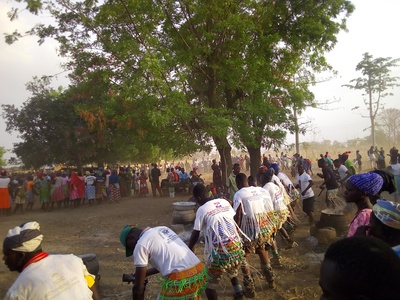
Konkomba
A Gur language spoken by the Konkomba people, who live on both sides of the Ghana-Togo border. They are primarily farmers, and their language is a vital element of their cross-border cultural and social networks.

Ngangam
Spoken by the Gangam people, this Gur language is centered in the northern part of the Centrale Region. It is linguistically related to its neighbor, Ntcham, but is a distinct language with its own unique characteristics.

Fon
While primarily the main language of neighboring Benin, Fon has a significant speaker community in southern Togo. As part of the Gbe language family, it is mutually intelligible to some extent with Ewe and Gen.
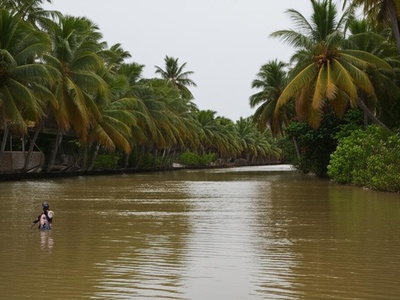
Western Xwla Gbe
Spoken in coastal communities along the border with Benin, Western Xwla is another member of the Gbe language family. It is closely related to Gen and Waci but maintains its own identity in the lagoons and villages east of Aného.
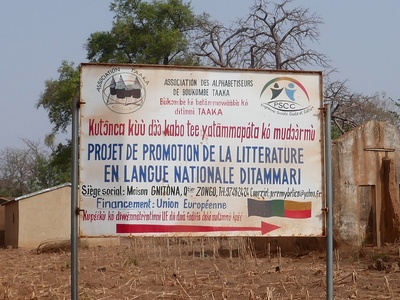
Ditammari
Spoken by the Batammariba people in the Koutammakou UNESCO World Heritage site, Ditammari is famous for its association with the iconic two-story mud-tower houses (Takienta). The language is integral to this unique cultural landscape.
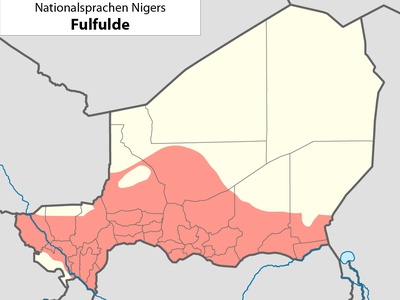
Fulfulde
Spoken by the Fulani (Peul) people, who are traditionally pastoralists found across West Africa. In Togo, they live in scattered communities, and their language is a key marker of their distinct cultural and economic identity.
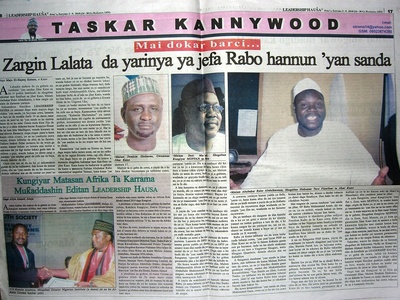
Hausa
A major West African lingua franca, Hausa is spoken in Togo primarily by traders and Muslim communities in urban centers. It serves as an important language for commerce, connecting Togo to trade networks across the Sahel.
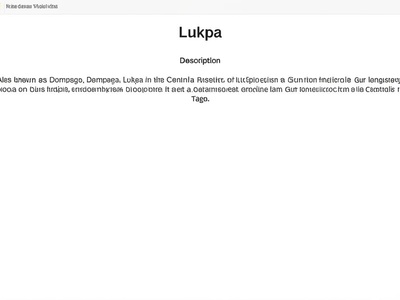
Lukpa
Also known as Dompago, Lukpa is a Gur language spoken in the Centrale region. It is part of the rich linguistic mosaic of central Togo, existing alongside larger languages like Tem but maintaining its own distinct identity.
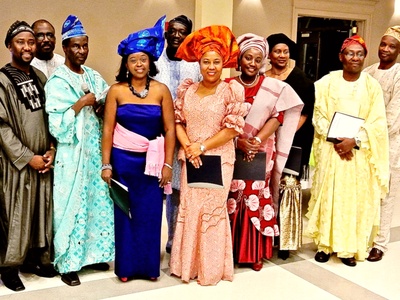
Yoruba
Spoken by Yoruba communities with historic commercial and cultural ties to Nigeria and Benin. The language is present in southern urban areas, particularly in trade sectors, and is related to Togo’s Ana-Ifè language.

Adele
Spoken in a mountainous area on the Ghana-Togo border, Adele is one of the “Togo Remnant” languages. Its speakers have preserved a distinct cultural identity, and the language is known for its complex noun class system.
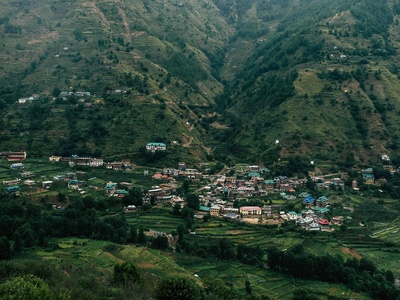
Ginyanga
Also called Anyanga, this Gur language is spoken in the Centrale region. It is surrounded by larger languages like Tem and Kabiyè, but its community maintains a strong sense of cultural and linguistic independence.
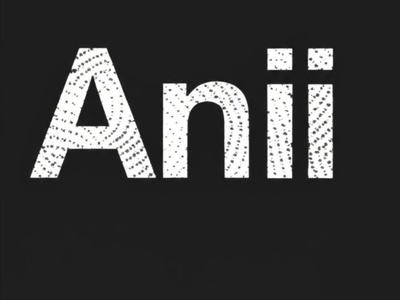
Anii
Spoken in a small, multilingual area straddling the Togo-Benin border, Anii is notable for its linguistic diversity. The language has been influenced by Gur, Kwa, and Yoruboid languages, reflecting the region’s complex history.
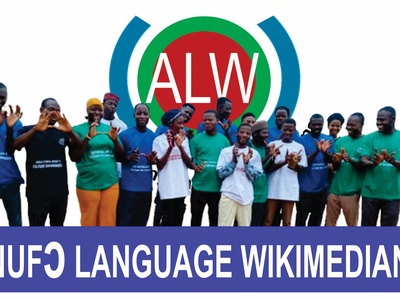
Anufo
Also known as Chokosi, Anufo is spoken in the far north, straddling the Togo-Ghana border. Its speakers are historically known as traders and warriors, and the language is a unique Kwa outlier in a predominantly Gur-speaking region.
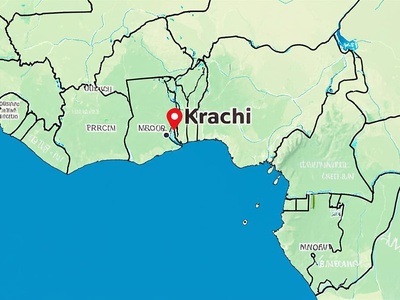
Krachi
Primarily spoken in Ghana, Krachi has a notable community in Togo near the border. It is a Guang language, part of the larger Kwa family, and its presence in Togo highlights the fluid nature of languages across colonial borders.
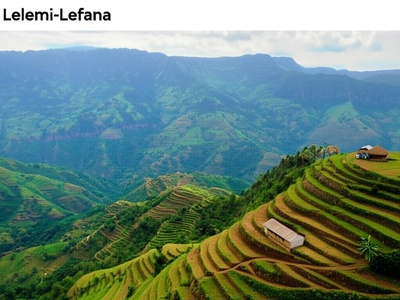
Lelemi-Lefana
Another of the Togo Remnant languages spoken in the mountains along the Ghana border. Lelemi (or Lefana) speakers are part of a cluster of small linguistic groups who have historically sought refuge in the area’s rugged terrain.
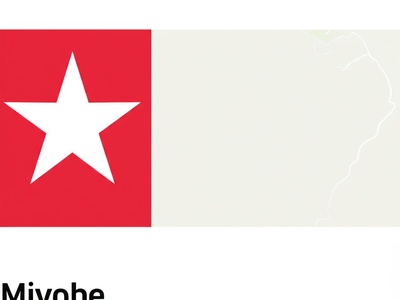
Miyobe
Spoken in a small pocket of the Kara Region, Miyobe is a Gur language with a small but distinct speaker community. Its location near the Benin border highlights the cross-border nature of many of Togo’s northern languages.

Bago-Kusuntu
A small Gur language cluster spoken in the Plateaux region. The Bago and Kusuntu peoples are distinct but closely related, and their language is an important but lesser-known part of Togo’s central linguistic landscape.

Delo
Known also as Ntrubo, Delo is a Gur language spoken in the mountains on the border with Ghana. It is one of the geographically isolated “Togo Remnant” languages, with a community that has preserved its language and customs.
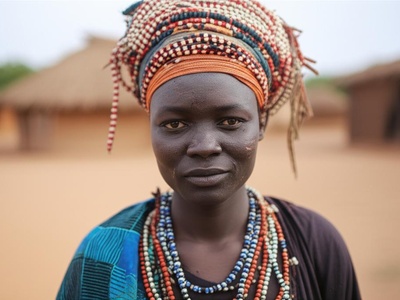
Bissa
Spoken by Bissa people who have migrated from Burkina Faso, this Mande language is found in small communities in northern Togo. They are often involved in trade and agriculture, adding to the linguistic mix of the Savanes region.
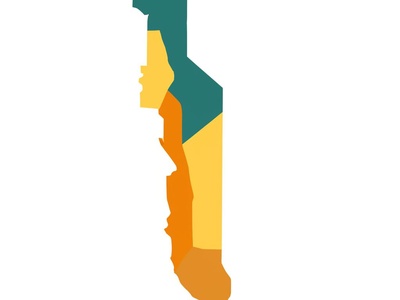
Mbelime
A less-common Gur language spoken in a small area of the Kara region near Benin. Mbelime is part of the Ditammari subgroup of languages and contributes to the high linguistic diversity found in northern Togo.

Biali
Primarily a language of Benin, Biali is also spoken by a small community in Togo’s Savanes region. It belongs to the Gur family and is another example of a language that transcends modern national boundaries.

